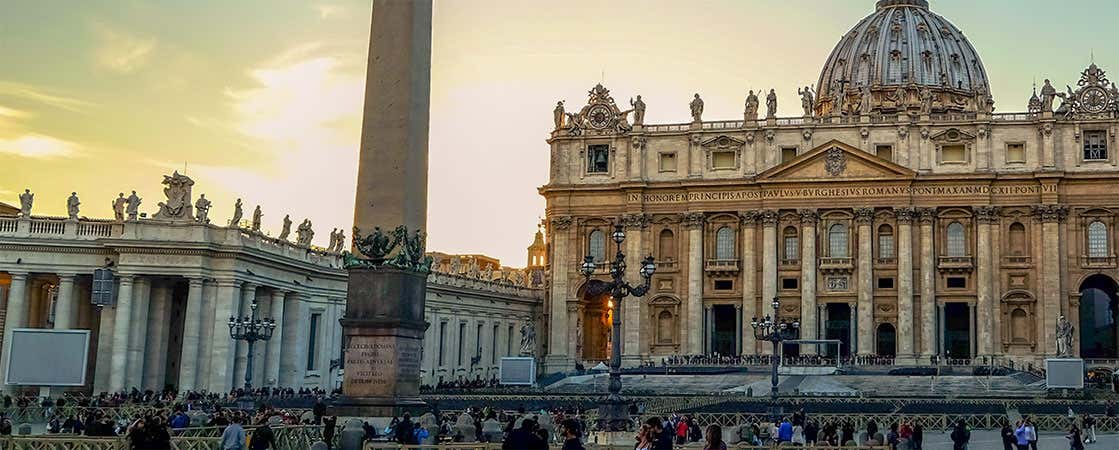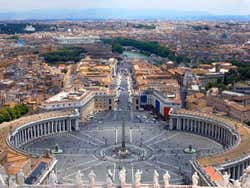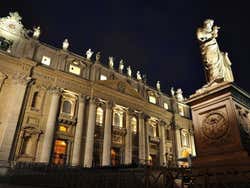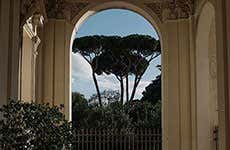
The Papacy in Rome
After the fall of the Roman Empire and the transfer of the imperial capital to Constantinople, the Pope gained power and became the sole authority in Rome.
Since the capital of the Eastern Empire was moved to Constantinople and what was left of the Western Empire was taken to Ravenna, Rome lost its power and the only authority left was that of the Pope, who consolidated his power with the help of the Lombards and Charlemagne.
Until 751, when it was invaded by the Lombards, Rome was part of the Byzantine Empire. In 756, Pepin the Short granted the Pope power over regions near Rome, giving rise to the Papal States.
The development of ancient Christianity made the Bishop of Rome both religiously and politically important and established Rome as the centre of Christianity. Until it was annexed to the Kingdom of Italy in 1870, Rome was the capital of the Papal States.
Until the 19th century, the papacy was in a constant struggle with the Holy Roman Empire and other powers in Europe. Nonetheless, Rome became a very powerful and wealthy city, with great international importance.
Factors that contributed to Rome becoming such an important place during the Papacy include: first, it became the most important pilgrimage site during the Middle Ages, secondly, in 1300 Pope Boniface VIII proclaimed the first Holy Year (Jubilee), a year of great importance for Christians; thirdly, the councils; fourth, the Papal patronage became the focus of rebirth replacing Florence and finally the cultural influence of the city itself.
The papal authority continued to be extremely strong until the 19th century.
The End of Papal Authority
The French Revolution put an end to the papal power. With the 1848 revolution, Rome became part of the unified Italy. After the battle of Porta Pia in 1870 (a battle led by Pius IX to maintain his sovereignty over the Papal States) Rome was declared the new capital of Italy.



